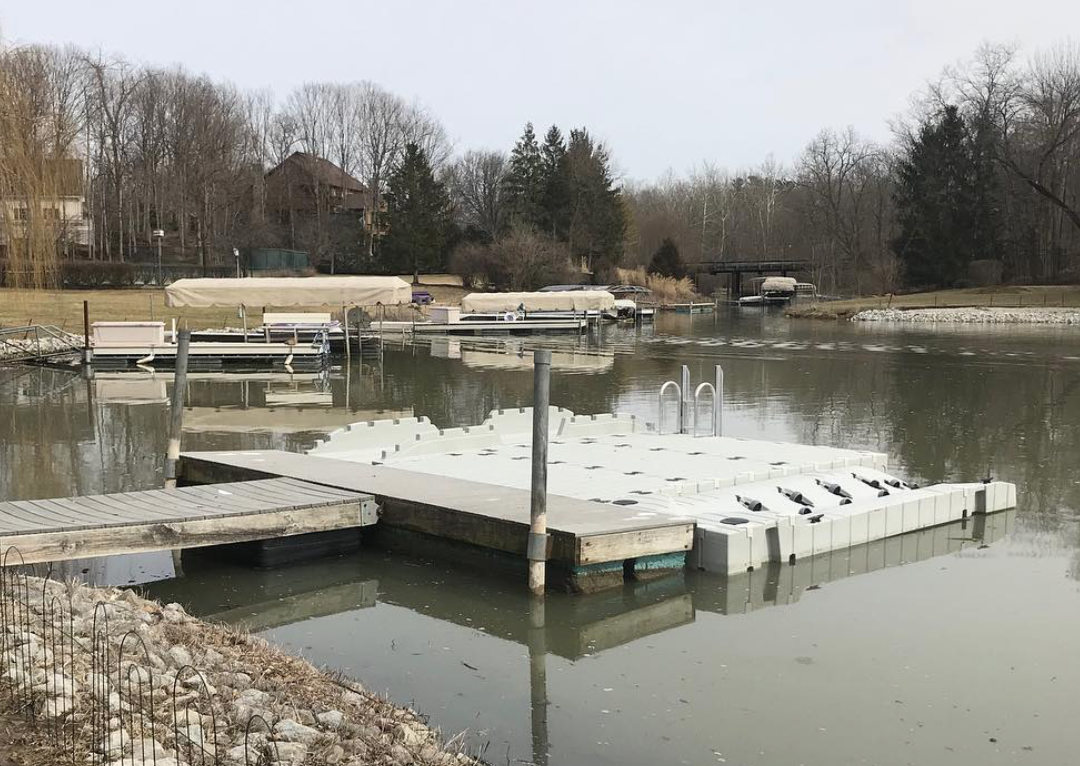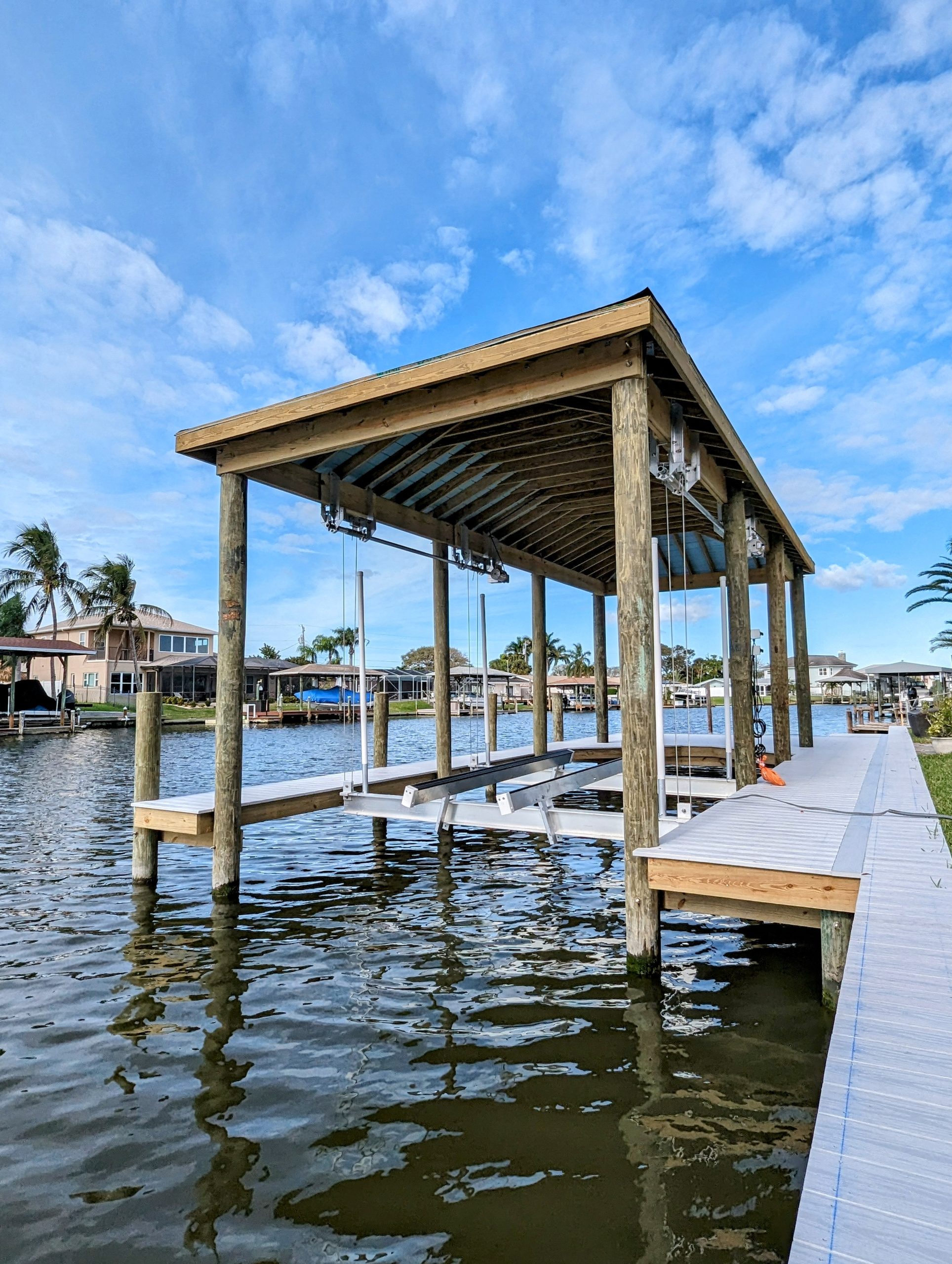Comprehending the Prices Involved in Dock Repairs
Comprehending the Prices Involved in Dock Repairs
Blog Article
Efficient Dock Repair Service Techniques: Making Certain Architectural Honesty
Making certain the structural integrity of docks with effective repair strategies is vital for the longevity and safety and security of aquatic facilities. Subsequently, selecting the ideal repair service materials, such as corrosion-resistant alloys and composite products, is vital for resilience.
Examining Dock Damages
Evaluating dock damages is a critical very first step in ensuring the structural stability and safety and security of any docking facility. This preliminary analysis involves an extensive assessment to recognize both visible and covert problems. Trick aspects to analyze include the dock's foundation, pilings, outdoor decking, and equipment. Each part must be scrutinized for indications of wear, rot, deterioration, or various other forms of deterioration that might endanger the architectural honesty.
Architectural designers or qualified assessors typically perform these assessments using specialized strategies and tools. Undersea examinations could use finder tools or from another location ran lorries (ROVs) to identify immersed damages. Above water, visual evaluations are matched by utilizing moisture meters and various other analysis devices to discover underlying issues not instantly noticeable to the nude eye.

Choosing Repair Service Materials
Picking the proper fixing materials is a crucial action in the dock reconstruction procedure, one that directly affects the longevity and efficiency of the fixed structure. Product selection should be driven by elements such as environmental conditions, load-bearing requirements, and compatibility with existing dock components. Timber is a standard choice for docks due to its natural strength and visual appeal. Choosing the best type of timber, such as pressure-treated lumber or normally rot-resistant types like cedar or teak, is crucial to hold up against marine atmospheres.
In enhancement to timber, composite materials are increasingly preferred because of their toughness and low maintenance needs. Composites, commonly made from a blend of plastic and wood fibers, use exceptional resistance to rot, bugs, and UV damage. For steel docks, picking corrosion-resistant alloys such as galvanized steel or marine-grade aluminum is necessary to protect against rust and ensure architectural stability in saline water problems.
Epoxy resins and marine-grade sealers are vital for repairing splits and sealing joints, giving a waterproof barrier and boosting the dock's general toughness. By meticulously choosing high-grade materials, dock repair services can attain long-lasting results, thus guarding versus future degradation and making certain secure, dependable use.
Architectural Support Techniques
Effective structural reinforcement methods are essential in ensuring the stability and longevity of dock repair work. One essential technique includes using steel or composite reinforcement bars (rebar) within concrete structures. Rebar offers extra tensile stamina, stopping fractures and distributing tons much more uniformly. This method is particularly effective for docks revealed to heavy tons or extreme environmental problems.
One more necessary method is the application of fiber-reinforced polymers (FRP) These products offer high strength-to-weight proportions and excellent resistance to deterioration, making them suitable for strengthening concrete or wood anchors. FRP can be applied in sheets or strips and adhered with epoxy resins to enhance architectural stability.
Supporting and securing systems also play an essential role in architectural reinforcement. Cross-bracing, making use of metal or wood beam of lights, can counteract side forces, reducing persuading and movement. Securing systems, such as helical piers or driven piles, give a steady structure by transferring lots to deeper, more steady soil layers.
Last but not least, the integration of load-distribution plates can aid distribute weight extra uniformly throughout the dock's surface, minimizing localized stress and anxiety points. These strategies collectively make sure that docks stay secure and robust, qualified of withstanding the roughness of their functional environment.
Advanced Fixing Methods

An additional innovative strategy involves underwater welding, which allows for repair work to be carried out without the requirement to dewater the location. This approach is specifically useful for addressing structural issues in submerged dock parts, making certain minimal disturbance to procedures. Enhanced welding techniques, paired with robot systems, supply precision and reliability, therefore expanding the life expectancy of the dock.
Furthermore, cathodic security systems are implemented to prevent deterioration in metal dock structures. By using sacrificial anodes or impressed existing systems, these methods efficiently mitigate the electrochemical procedures that cause material damage.
Last but not least, advanced monitoring modern technologies, such as structural health surveillance (SHM) systems, offer real-time data on the problem of dock structures. These systems make it possible for positive upkeep and timely interventions, eventually guaranteeing the long-lasting structural stability of the dock.
Maintenance and Avoidance
Upkeep and prevention are basic ideas that underpin the long life and security of dock frameworks. Routine examinations are vital, allowing for very early discovery of deterioration, possible weaknesses, and ecological impacts. A positive strategy, including regular checks for rust, rot, and architectural shifts, alleviates costly repair work and lengthens the dock's operational life.
Precautionary actions ought to look what i found consist of using protective finishings to steel components to safeguard versus rust and utilizing cured timber to resist decay. Furthermore, making certain proper drain and air flow can prevent water accumulation, which is a typical reason of architectural degradation. Integrating high quality products and sticking to manufacturer guidelines during building and fixing stages also play important functions in improving longevity.

Educating workers in dock maintenance best practices ensures regular application of safety nets. Leveraging technical developments, such as drones for assessments and sensing units for real-time tracking, can further enhance upkeep initiatives. By prioritizing maintenance and avoidance, dock owners can guarantee structural integrity, functional safety and security, and economical administration over the dock's life expectancy.
Conclusion
In conclusion, preserving the architectural integrity of marine facilities demands comprehensive dock repair work methods. Advanced fixing techniques, official source combined with routine upkeep techniques, ensure the dock remains risk-free and operational under varied environmental problems.
Making sure the architectural honesty of anchors with efficient fixing strategies is paramount for the longevity and safety of marine facilities.Selecting the suitable repair work materials is a critical step in the dock remediation process, one that directly influences the longevity and efficiency of the fixed framework.Efficient structural reinforcement techniques are crucial in guaranteeing the stability and longevity of dock repairs. By focusing on upkeep and prevention, dock owners can ensure architectural honesty, functional security, and cost-efficient monitoring over the dock's life expectancy.
In final thought, maintaining the structural honesty of aquatic facilities demands thorough dock repair service techniques.
Report this page